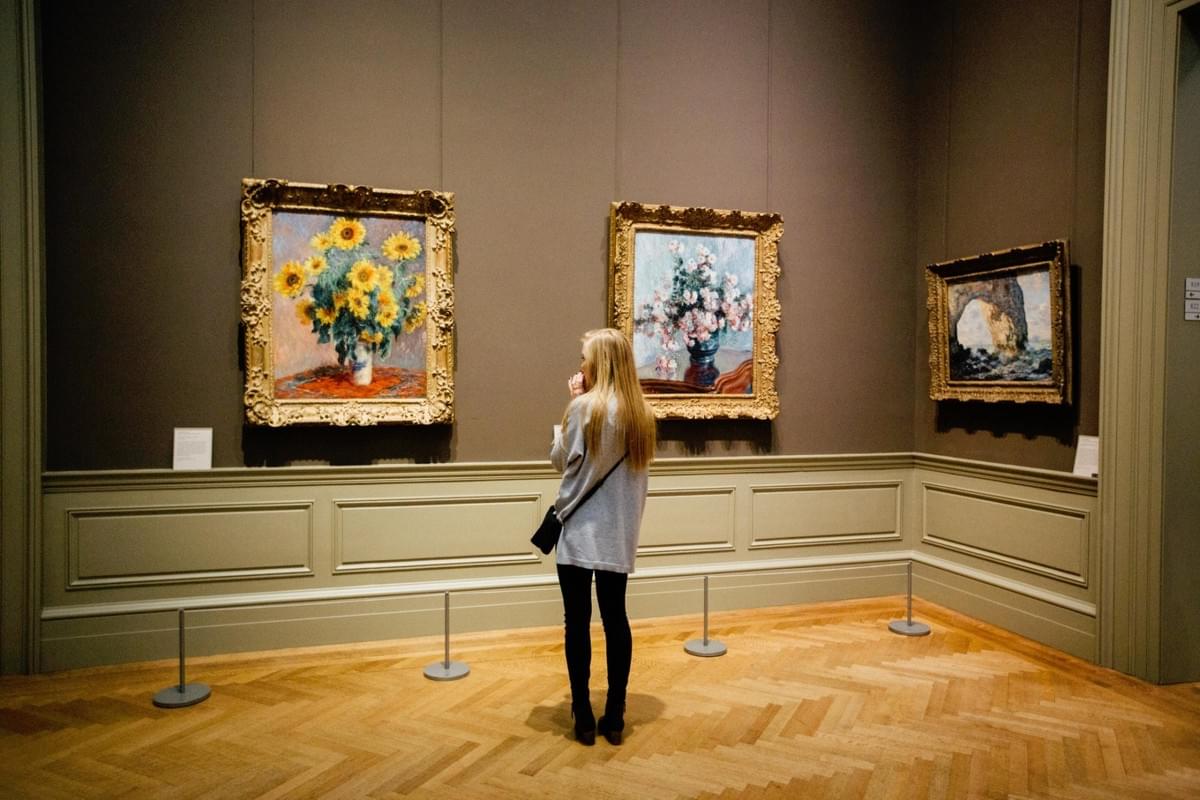
If you are looking to diversify your portfolio, investing in art is an excellent choice. However, it is important to note that art investments come with greater risks and require specific knowledge. Therefore, it is important to invest with your head and not just your heart. If you are serious about investing in art, here are some tips that can help you make the best decision.
First, diversify your collection. Purchasing works from several artists, different artistic traditions, and different historical periods will minimize your risks and increase your chances of good art investment. Also, you can broaden your network by attending art fairs and art auctions. Successful art investors typically have a deep appreciation for art and enjoy visiting art galleries, click here to read the full article on this.
Second, invest in high-end pieces of art. Although investment-worthy pieces of art rarely come with low-price tags, you can still add them to your portfolio without shelling out millions. You can also invest in fractional shares of artwork and art investment funds. It's important to consider the cost of handling, storage, and insurance. Additionally, you'll probably hold onto a piece for a long time, so you'll need to pay for its maintenance.
As with any investment, investing in art requires research and knowledge. You're unlikely to make a profit if you don't do your homework. You should consider your situation and market conditions and buy art that you love and that you could enjoy for years to come. The art market has opened up for anyone and young collectors are growing in popularity.
If you want to buy a piece of art as an investment, you'll want to choose a high-quality piece from a reputable artist. If you don't have the time or money to invest in a painting, consider buying an art equity fund instead. These funds are similar to classical stocks, but they are specifically designed for investing in art. They specialize in certain regions and types of art. For example, Yieldstreet Art Equity Fund II focuses on art in Harlem, New York. In addition, these funds will have a fund manager who will manage your portfolio and will charge you a small management fee for his/her services. Read this article source for more information on the best way to invest in art.
There are several downsides to investing in art as an investment, however. It is not as diversified as stocks, and some art pieces can be extremely expensive. It's also crucial to choose quality art only after you've made sure that you've made the right choices in other areas of your portfolio. New artists may not be as popular as established artists, and that may prevent them from gaining much in the way of appreciation over time, as opposed to stocks. Furthermore, art is illiquid, which means you can't sell it as easily as stocks do. If you probably want to get more enlightened on this topic, then click on this related post: https://en.wikipedia.org/wiki/Art_market
